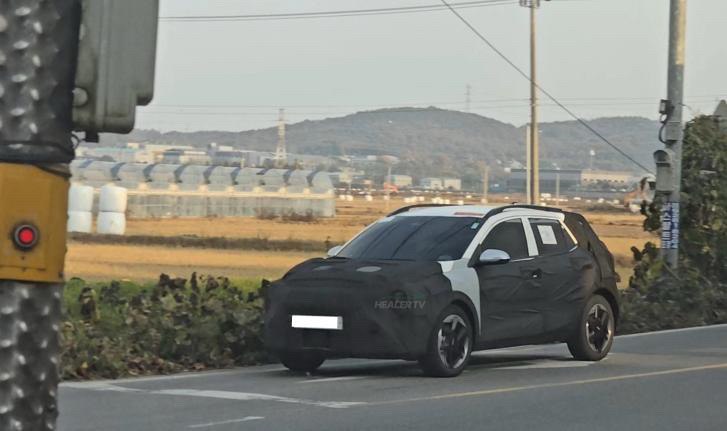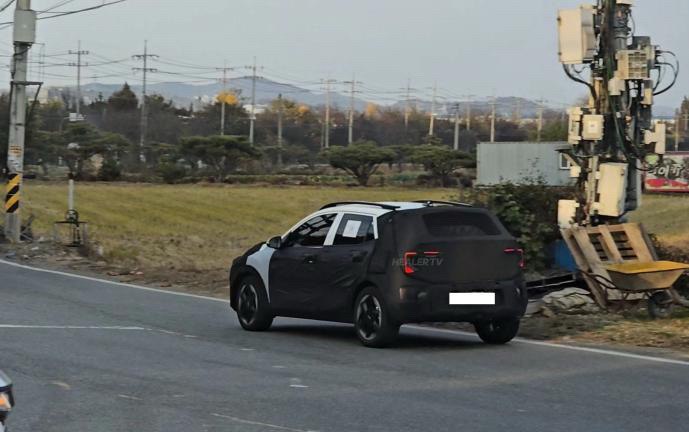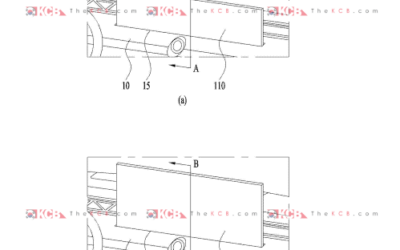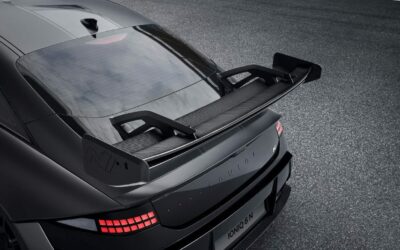We recently have seen the first sightings of a second facelift for the Kia Stonic and now our colleagues at Healer TV captured it near Hyundai-Kia R&D Center in South Korea. With minor updates to its design and features, this move raises questions about its competitive edge. Could this refresh be enough to sustain its relevance, or does it fall short of the comprehensive overhaul needed to match its rivals?
What’s New in the Second Facelift?
The second facelift of the Kia Stonic introduces subtle updates to its exterior, including redesigned bumpers, tweaked lighting elements, and new alloy wheel designs. While these changes keep the Stonic visually fresh, they’re far from groundbreaking. Inside, updates are modest, with the focus on minor material enhancements and potential software updates for the infotainment system.
However, these updates pale in comparison to what competitors offer. With brands like Toyota, Hyundai, and Ford equipping their subcompact SUVs with cutting-edge technology and full hybrid powertrains, the Stonic’s revisions may feel more like a stopgap measure than a game-changer.
48-Volt Mild-Hybrid: Insufficient in 2024?
One of the most debated aspects of the Stonic is its powertrain. While the second facelift continues to feature a 48-volt mild-hybrid system, the industry trend has shifted toward full hybrid or plug-in hybrid (PHEV) models. Competitors such as the Toyota Yaris Cross or the Hyundai Kona Hybrid offer superior efficiency and performance with full hybrid powertrains, giving them a significant advantage.
The 48-volt system may be sufficient for buyers seeking affordable electrification, but it lacks the environmental and fuel economy benefits that full hybrids bring. As stricter emissions regulations loom, Kia’s decision to retain this older system could hinder the Stonic’s appeal in markets where eco-conscious consumers dominate.
Technological Shortcomings: A Dealbreaker?
In the technology race, the Stonic’s interior struggles to keep pace. Competitors now boast advanced features like large digital driver displays, augmented reality head-up displays (AR HUDs), and cutting-edge driver-assistance systems. Meanwhile, the Stonic’s updates appear limited to incremental software improvements, keeping it behind in offering a fully modernized cabin experience.
Consumers increasingly prioritize connectivity and in-car tech, making this an area where Kia could risk losing potential buyers. Without significant enhancements, the Stonic may feel outdated compared to rivals.
Does the Stonic Need a New Generation?
While facelifts can extend a model’s life, the second facelift raises an important question: would a full redesign have been a better strategy? Many of the Stonic’s rivals are built on newer platforms that support full electrification, better safety standards, and more spacious interiors. A full overhaul could have positioned the Stonic as a serious contender in its segment, closing the gap with its competitors.
Is Kia Missing the Mark?
The subcompact SUV segment is more competitive than ever, with buyers demanding efficiency, technology, and value. While the Stonic’s facelift keeps it in the game, it may struggle to stand out in a crowded market. As competitors push the envelope with hybrid powertrains and tech-forward interiors, the Stonic’s incremental updates risk being perceived as too little, too late.
Will the second facelift be enough to maintain the Stonic’s relevance, or is a full redesign inevitable for its survival? Time will tell if Kia’s gamble pays off, but for now, it seems the Stonic is in danger of being outpaced by its peers.






